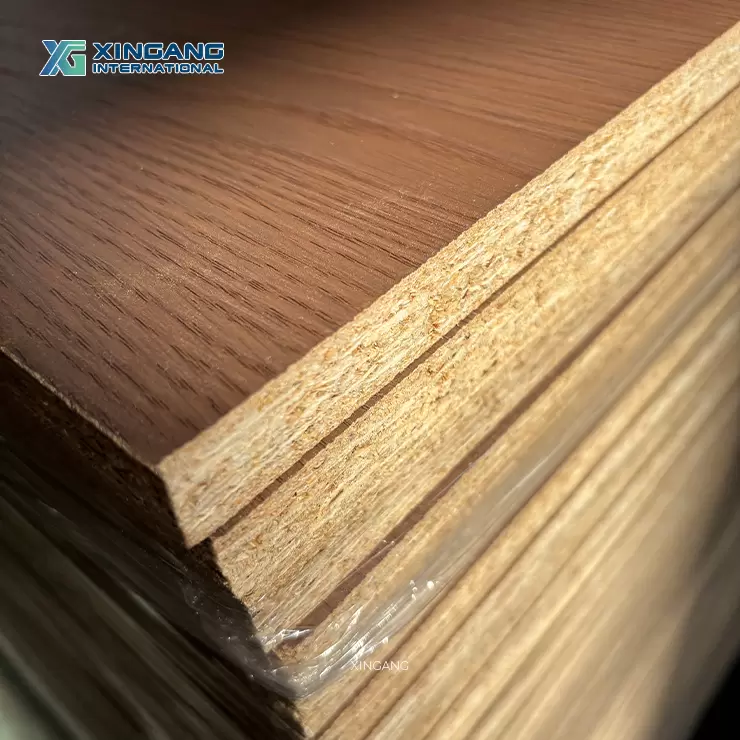In the realm of insulation materials, researchers and engineers have been tirelessly striving to develop solutions that offer superior thermal performance while minimizing weight. The quest for the lightest insulation material has led to groundbreaking innovations that revolutionize various industries. In this article, we delve into the world of insulation materials, exploring the latest advancements and uncovering the lightest insulation material known to date.
- Understanding the Importance of Insulation:
Insulation plays a pivotal role in numerous applications, ranging from construction and aerospace to automotive and electronics. It acts as a barrier, preventing the transfer of heat, sound, or electricity between different mediums. Effective insulation not only enhances energy efficiency but also ensures comfort, safety, and optimal performance. - Exploring Traditional Insulation Materials:
Before we delve into the lightest insulation material, let's briefly examine some conventional options. Fiberglass, mineral wool, and foam-based materials like polystyrene and polyurethane have long been used for their insulating properties. While these materials offer decent thermal performance, they often come with significant weight and bulk, limiting their applications in certain industries. - Aerogels: The Ultralight Insulation Marvels:
One of the most remarkable breakthroughs in insulation technology is the development of aerogels. Aerogels are synthetic materials with an incredibly low density, making them the lightest solid materials known to humankind. These materials are composed of a gel structure with a high percentage of air, resulting in exceptional thermal insulation properties. - Graphene Aerogels: The Future of Lightweight Insulation:
Within the realm of aerogels, graphene aerogels have emerged as a game-changer. Graphene, a single layer of carbon atoms arranged in a hexagonal lattice, possesses extraordinary properties, including high thermal conductivity and mechanical strength. By incorporating graphene into aerogels, researchers have created a new class of ultralight insulation materials with unparalleled performance. - Silica Aerogels: The Pioneers of Ultralight Insulation:
Silica aerogels, also known as frozen smoke, were the first aerogels to be developed. These materials exhibit exceptional thermal insulation properties, with thermal conductivity values as low as 0.03 W/m·K. Silica aerogels are incredibly lightweight, with densities as low as 0.003 g/cm³, making them ideal for applications where weight reduction is critical. - Emerging Innovations: Beyond Aerogels:
While aerogels dominate the realm of ultralight insulation, researchers continue to explore new frontiers. Advancements in nanotechnology have paved the way for novel materials like carbon nanotube aerogels and polymer-based nanocomposites, which exhibit promising thermal insulation properties with reduced weight and enhanced versatility.
Conclusion:
The pursuit of the lightest insulation material has led to remarkable advancements in the field of insulation technology. From the discovery of aerogels to the integration of graphene and other nanomaterials, engineers and researchers are continuously pushing the boundaries of what is possible. These innovations not only enhance energy efficiency but also enable new possibilities in industries such as aerospace, electronics, and more. As we move forward, it is exciting to anticipate the next breakthrough that will redefine the concept of lightweight insulation.





More Stories
Melamine Plywood vs Traditional Plywood: Key Differences You Should Know
5 Signs It's Time to Upgrade or Replace Your Storage Shelving Units
Protecting Your Workspace with the Right Welding Blanket